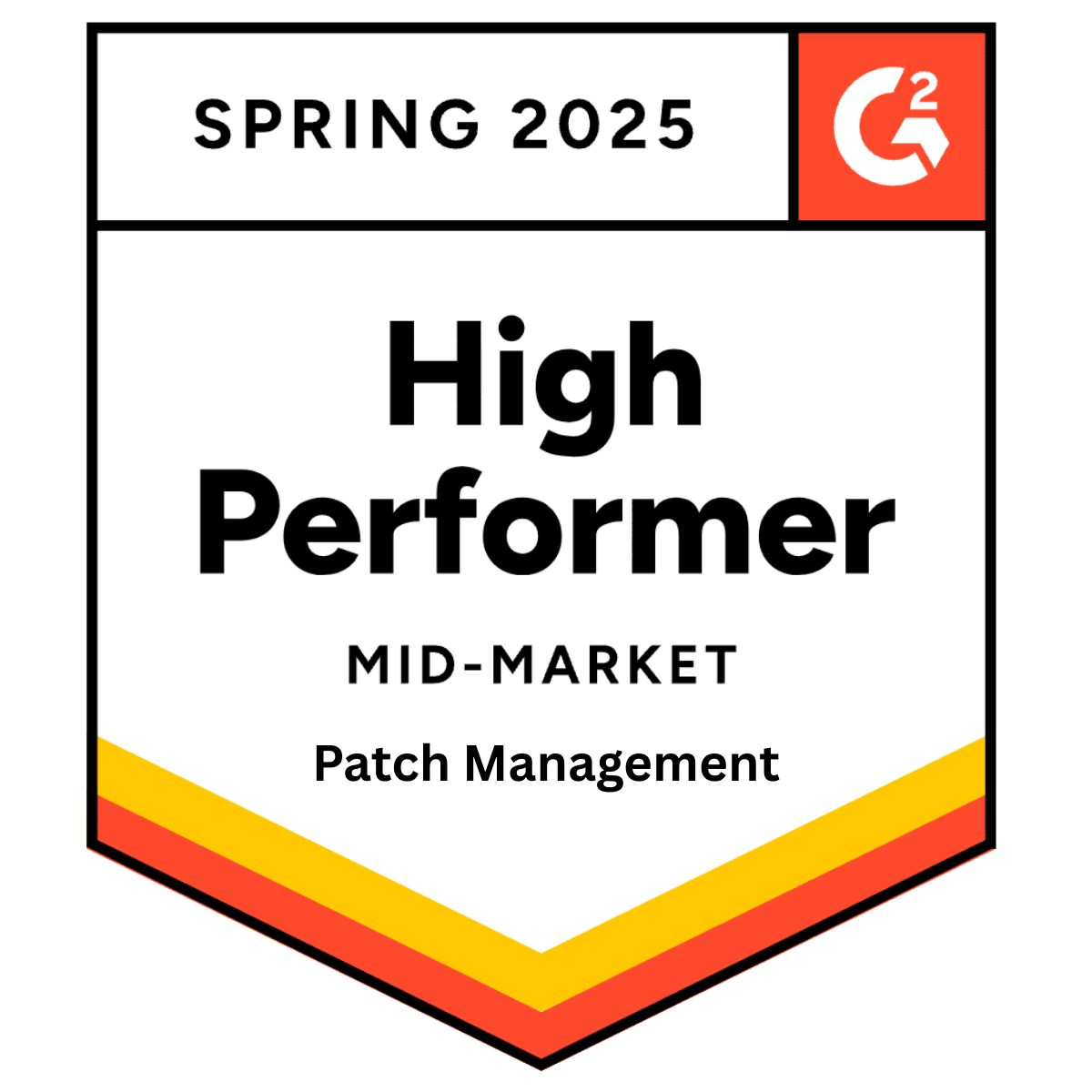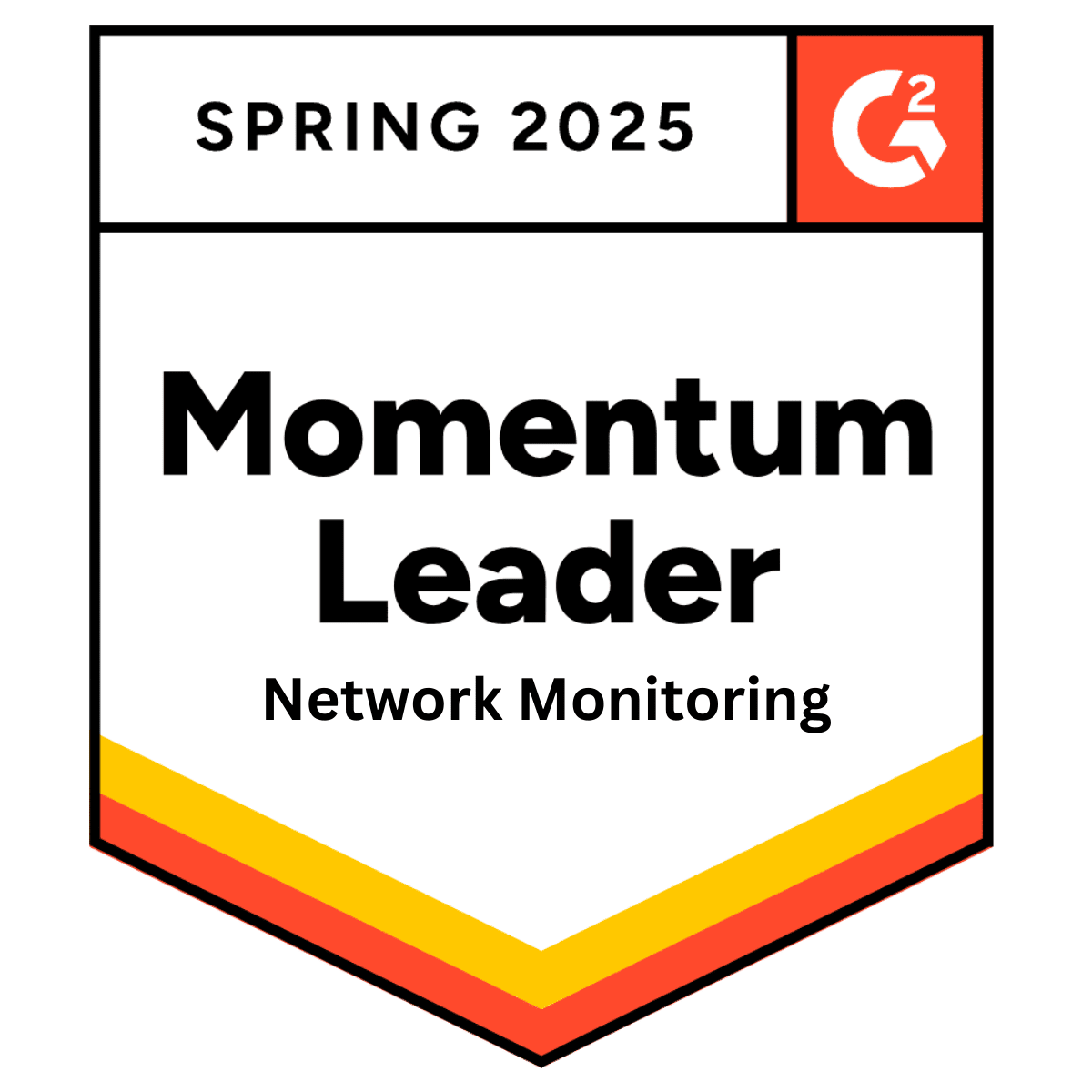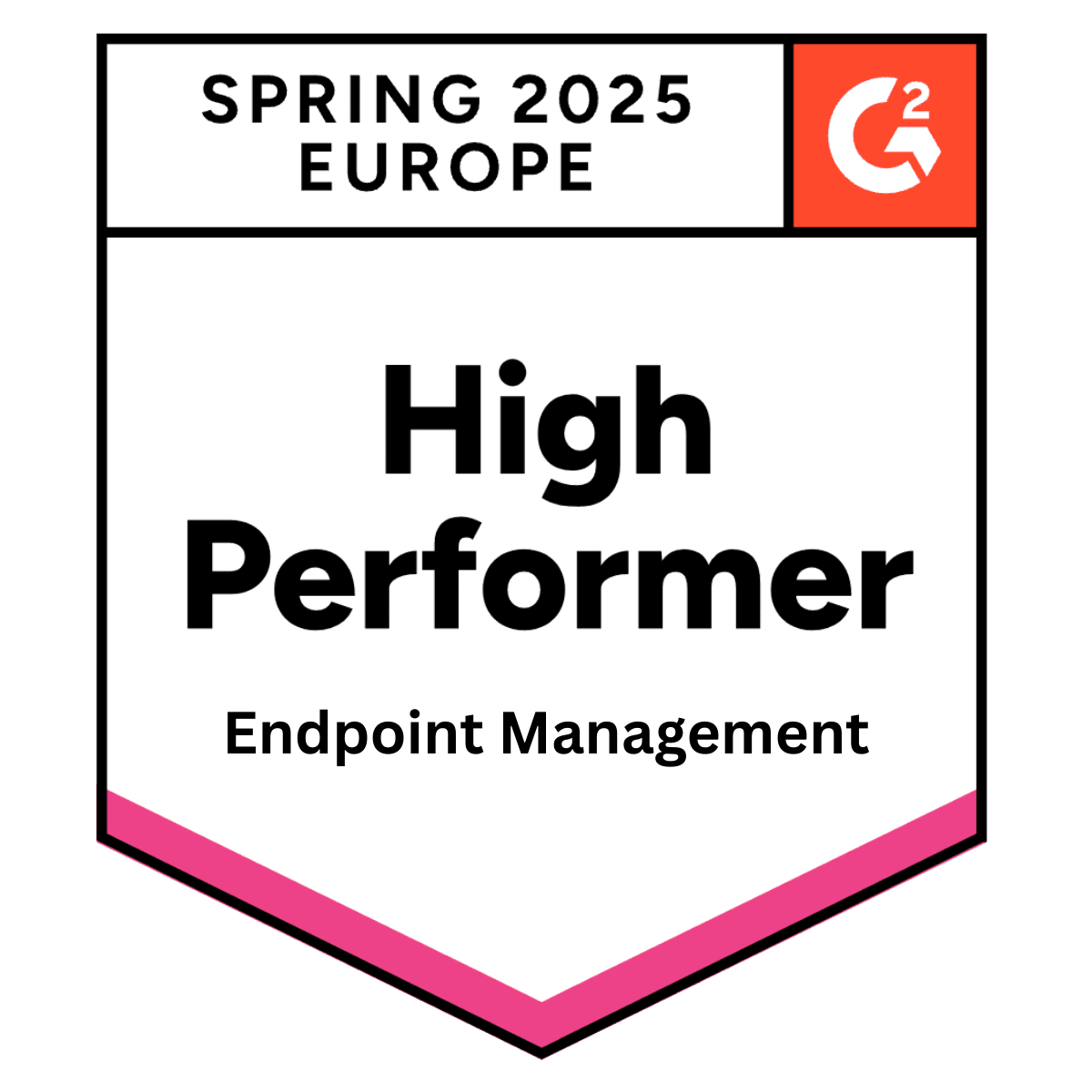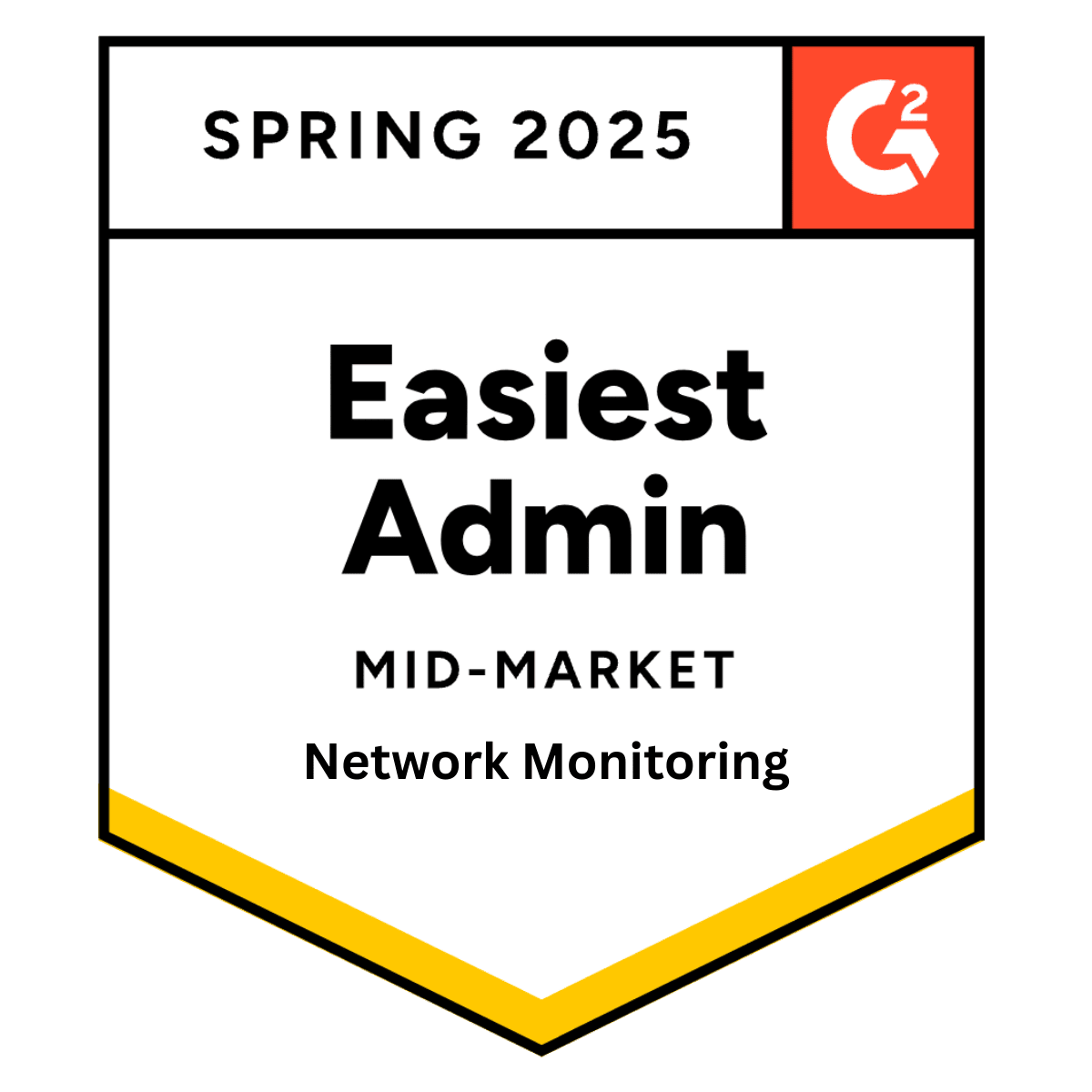
RMM vs Remote Desktop Control: which is better for an MSP?
Wednesday 29 May, 2019

An incomplete solution will only make your IT systems half-efficient which is just a nicer way of saying sloppy. That’s what happens when IT professionals rely solely on incomplete solutions like remote desktops to manage the entire IT infrastructure.
The worst outcome of this sloppiness is the huge bills organizations incur. First, resources will be exhausted to put out the fire and then, some more to get everything back to normal. Perhaps that’s why the attitude of the organization becomes very negative towards IT professionals, irrespective of whether they are internal teams or an outsourced MSP.
RMM, a complete solution can avoid such attitudes from creeping in. Remote monitoring and management (RMM) software are designed to increase IT operational efficiency by providing an arsenal of IT management tools. This includes remote desktop monitoring, hardware and network health, application management, to name a few.
So, what should it be? RMM or remote desktop?
It’s a dilemma many businesses face. But personal preferences aside, the business logic supports the option to choose a proactive solution like RMM for today’s uncertain IT management climate.
1. Crisis management
The impact of an IT system crisis cannot be siloed. The scope of its impact keeps increasing until the crisis remains in motion. Simply put, the longer the time it takes to resolve the crisis, the bigger its impact.
In that regard, businesses using remote desktop are at a great disadvantage. IT pros can respond to events after they have occurred. This attitude of ‘if they come, we will respond’ leads to a volatile IT infrastructure.
On the other hand, adopting an attitude ‘we will be ready before they come’ curbs the impact of the crisis. The proactive nature of an RMM solution focuses on eliminating problems before they have a chance to cause any real damage. This keeps IT systems running in a predictable manner.
2. Scalability
Say your business headquarters gets hit by a hurricane, all your servers crash, due to which you can’t access the IT systems. Which one do you think will enable business continuity — remote desktop or RMM?
The correct answer is of course RMM. The added functionality of maintaining systems on both the cloud and on-premise makes for a robust IT infrastructure irrespective of a disaster or no disaster. Moreover, RMM offers you the speed to accomplish tasks that low-cost remote desktop solutions cannot.
This combination of flexibility and speed allows professionals to scale IT operations without breaking a sweat. Neat eh?
3. Operational efficiency
If IT operations had an enemy, it would be repetitive tasks. These redundant duties are time consuming and add no value to IT operations. This becomes a real challenge for IT professionals who want to focus on driving greater business value but lack the bandwidth.
Automation helps IT leaders deal with the nuisance of generic tasks by getting more done with less. Unfortunately, remote desktop vendors have limited automation capabilities and might not be enough for a rapidly growing IT ecosystem.
A good RMM will offer automation scripts, allowing you to execute custom tasks on a specific group of systems, saving you a lot of time. Dedicate the extra time on high-level IT activities that drive ideal outcomes.
How do you feel about achieving a high level of IT operational efficiency?
4. Endpoint protection
Remote desktop encourages remote access without having any solid security measures in place, making systems vulnerable to breaches.
If someone is remotely accessing the system from an airport lounge or a coffee shop, chances are they are using a public hotspot. While public hotspots are convenient, they are easy targets for hackers to access your systems and leverage it to steal and demand ransoms.
RMM solutions offer integrated antivirus solutions that ensure complete endpoint protection. Secure your IT infrastructure against all threats and do real-time monitoring, all at the same time.
In addition, RMM also has an advanced patch management module. Scan, install and update systems and tie up potential loose ends which can compromise your network.
A complete solution is a cost-effective solution
With RMM, cut down on wasteful IT spending by remotely and proactively monitoring the health of IT assets.
Identify low performing assets which are bleeding your budget and discontinue them. A comprehensive asset health report gives you a heads up on assets which require replacement, ensuring you make informed decisions when purchasing new assets.
Basically, a solid RMM injects high-levels of productivity across the entire IT operations.
Share this post
Related Posts
Join the Ranks of Satisfied Customers and Experience the Pulseway Difference Today.








